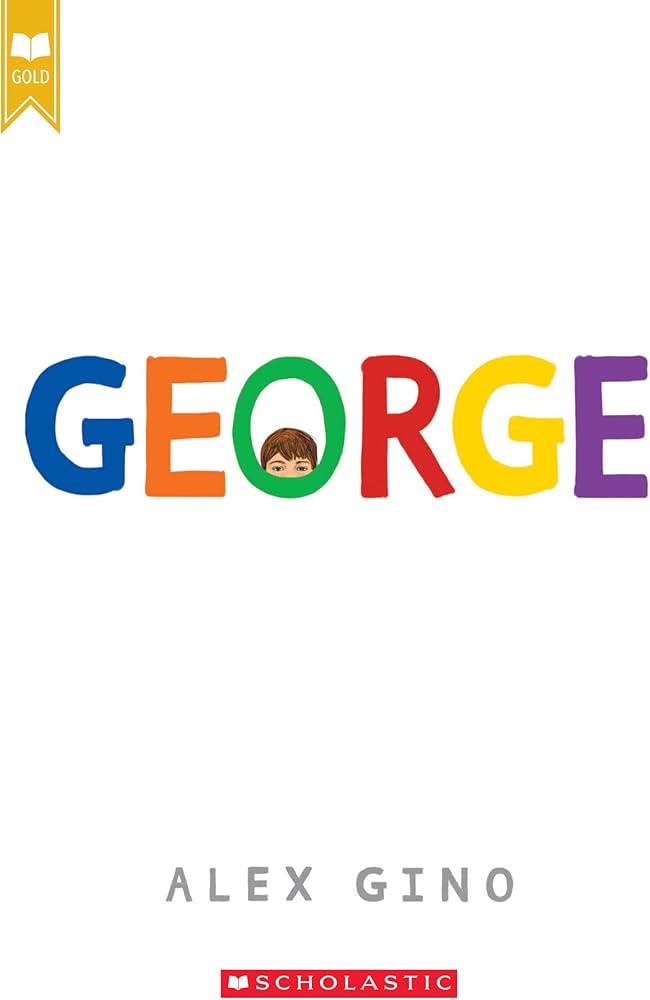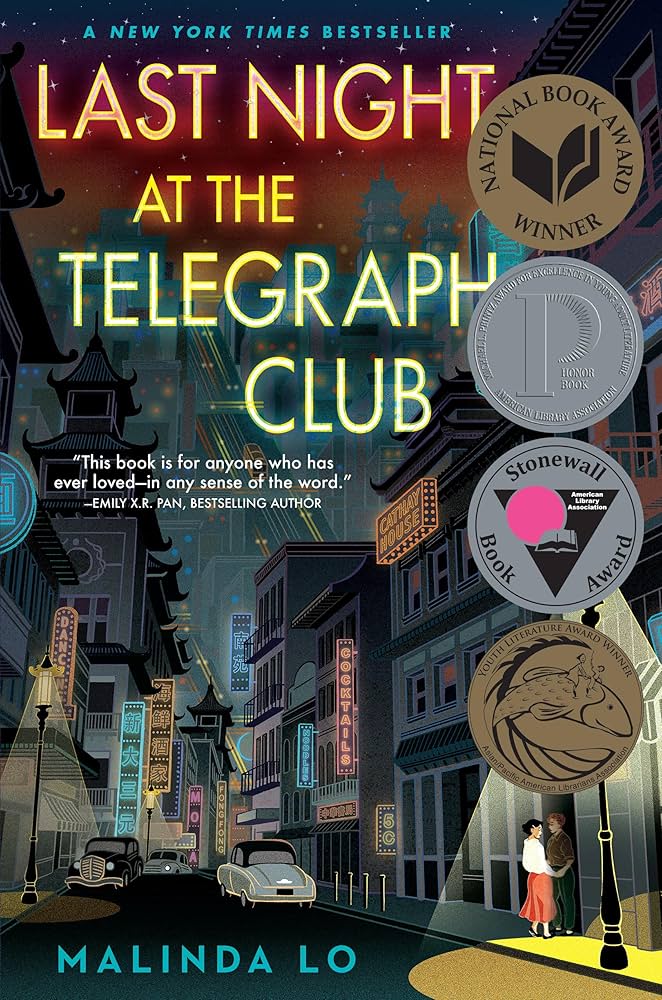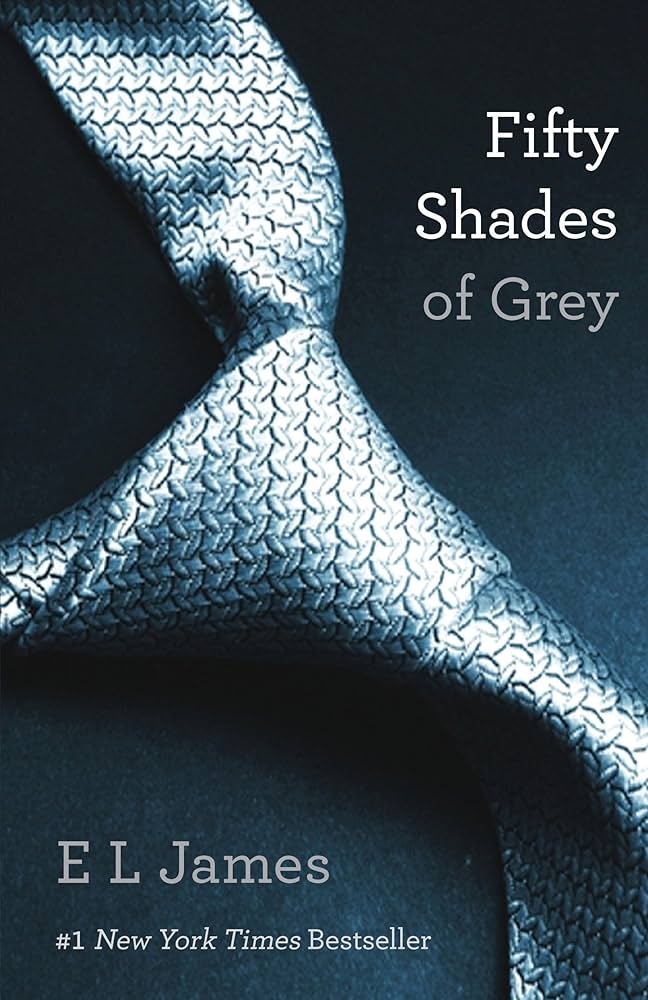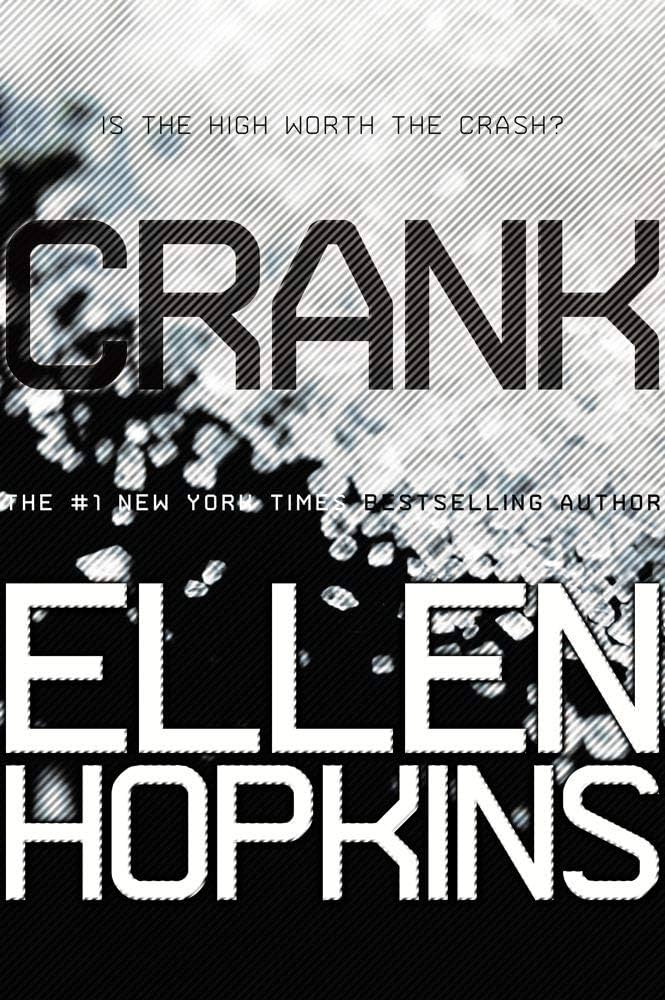BANS?
BOOK
Who’s Behind the
BANS?
BOOK
Who’s Behind the
BANS?
BOOK
Who’s Behind the
Book bans are a national issue. See what’s happening in your county.
This past July, the Donnelly Public Library in Idaho was forced to do the unthinkable: ban minors from entering without an accompanying guardian or written parental consent. The library effectively turned adults-only. This drastic measure came in response to a new state law requiring libraries to sequester all books deemed inappropriate for minors within 60 days of receiving a complaint—an impossible task given the library's limited space.
A month later, all public schools in Utah were ordered to remove 13 books from their library shelves due to a state law requiring the blanket removal of any books containing “pornographic or indecent” material. The no-read list includes titles such as Forever by Judy Blume, Milk and Honey by Rupi Kaur, and A Court of Thorns and Roses by Sarah J. Maas.
And in September, the Charlotte-Mecklenburg school district in North Carolina barred educators from planning programming around Banned Books Week, a literacy campaign run annually by the American Library Association since 1982. Only after a huge backlash did the district reverse its decision.
That’s just this past summer. According to literacy advocacy group PEN America, which tracks book bans across the nation, efforts to remove literature from schools and libraries have taken a severe turn in recent years. There were over 10,000 reported bans during the 2023-2024 school year, a sharp increase from 3,362 reports in the previous year.
Take a look at some of the most controversial and banned books in the United States.


















































More than 4,000 unique books were restricted or removed from school libraries this past school year.
The majority of them were authored by women—like The Handmaid’s Tale by Margaret Atwood, which has been repeatedly challenged for decades due to its depiction of ‘inappropriate’ themes, such as sex, profanity, and violence.
More recently, the center of the political storm has shifted to target books that discuss race, gender, sex, diversity, and LGBTQ+ issues.
According to the American Library Association, Maia Kobabe’s graphic memoir Gender Queer was the most challenged book in the United States for three consecutive years from 2021 to 2023.
Sure, many of these books can be found on the internet, easily accessible for today’s internet-savvy generation.
But banning them from schools signals a dangerous opposition to letting kids and teens explore different worldviews in this increasingly polarized nation. More crucially, it limits them from accessing resources that may be critical for their own self-discovery.
Recognize any of these books?
PEN America defines a book ban as “any action taken against a book based on its content” that leads to a previously accessible book being restricted or removed either temporarily or permanently. According to the American Library Association, a challenge is an attempt to remove a book whereas a ban is the actual act of removal.
Book bans aren’t new. Removing books from public circulation has long been used as a tool to suppress free speech and restrict access to ideas deemed dissenting, inappropriate, or dangerous. These conditions have been applied, often arbitrarily, to any book from The Diary of a Young Girl by Anne Frank to The Hunger Games by Suzanne Collins.
But the recent surge in bans across the United States is new. Against the backdrop of the early 2020s—marked by deep cultural divisions over issues like the COVID-19 pandemic, racial justice, abortion access, transgender rights, climate policy, and contentious elections—the rate of book bans reached unprecedented levels. Stories written by or about LGBTQ+ and people of color were particularly targeted, and the numbers since then have only increased.
Number of Unique Books
Challenged in the U.S.
0
1000
2000
3000
4000
2000
2005
2010
2015
2020
The number of unique books challenged skyrocketed from 223 in 2020 to 4,240 in 2023.
0
1000
2000
3000
4000
2000
2005
2010
2015
2020
The number of unique books challenged skyrocketed from 223 in 2020 to 4,240 in 2023.
Number of Unique Books Challenged in the U.S.
Source: American Library Association's Office for Intellectual Freedom
Who is driving these book bans?
Much of these bans have been attributed to individuals or committees linked to ‘parental rights’ groups. On paper, the parental rights movement is described as a push to broaden a parent’s right to determine what their child is being taught at school. In reality, the term has been invoked to restrict educators from teaching about race, gender, and sexuality in classrooms. It shares a name with Florida’s Parental Rights in Education Act (colloquially known as the ‘Don’t Say Gay’ law), which restricts education on sexual orientation and gender identity to what the state considers to be “age-appropriate.”
Book bans in particular have emerged as a key tactic to control educational content in schools. They’ve also become the basis of many conservative platforms, including Moms for Liberty. Formed in January 2021 to oppose Covid-19 masking and vaccine mandates, the group has since pivoted to target national education policies.
In just three years, Moms for Liberty has expanded from Florida to 48 states and increased its revenue sixfold—from $370,000 in 2021 to over $2 million in 2022. This growth has been backed by institutions like the Heritage Foundation, a conservative think tank that published the controversial Project 2025 plan, and the George Jenkins Foundation, whose president bankrolled the January 6 rally at the Capitol.
Last year, the group hosted prominent Republican figures such as Donald Trump, Ron DeSantis, Nikki Haley, and Vivek Ramaswamy as speakers at its National Summit, citing the “woke ideology” in public education as a central battle for the party.
Moms for Liberty’s star reputation among Republicans has also propelled its members to a seat at the advisory board of Project 2025 and has enabled the group to allocate $3 million for electoral advertising in key presidential swing states in the 2024 election.
It’s not alone. Across the three largest parental rights groups in the United States—Moms for Liberty, No Left Turn in Education, and Parents Defending Education—we found that their collective revenue nearly doubled after just a year of operation, increasing from $4 million in 2021 to $6.9 million in 2022.
Across the three largest book-banning organizations, collective revenue nearly doubled after just a year of operation.
$4 million
2021
$6.8 million
2022
Source: ProPublica Nonprofit Explorer
Where is this money going? Much of it is funding lawsuits against school districts with progressive policies. Cases include one in Massachusetts over the creation of student affinity groups and another in Iowa challenging policies that allowed students to use their preferred names and pronouns.
For Moms for Liberty, whose modus operandi revolves around influencing school board elections and mobilizing voters for Republican candidates, these funds have been instrumental in gaining political influence. This money has enabled the group to advance its agenda at local levels and align with key conservative power brokers.
How Moms for Liberty is gaining ground
To assess Moms for Liberty’s presence across the country, we compiled a list of local chapters from its national Facebook group and compared it with data from PEN America’s Index of School Book Bans from 2021 to 2024.
Here’s what that data looks like geographically.
Between 2021 and 2024, PEN America tracked 15,940 counts of book banning incidents across 395 counties in the United States. Florida, Iowa, and Texas accounted for nearly 80% of these bans.
During the same period, 302 counties became home to a local Moms for Liberty chapter. These are primarily concentrated in Florida, North Carolina, and Pennsylvania, but are spread out all across the map.
These maps don’t perfectly overlap: only 127 counties have both a Moms for Liberty chapter and a book ban incident.
This is because the group isn’t solely drawn to red counties, where they have a better chance at advancing politically conservative policies. In fact, much of their campaign focuses on “flipping” school boards by appealing to those who feel alone and unheard in their concerns” in blue and purple counties, where opposition is likely to be greater.
Even so, eight of the ten counties with the most book bans have an associated Moms for Liberty group. The two that don’t still have ties to the organization. Iowa’s Johnson County hosted Moms for Liberty speakers from the neighboring Linn County chapter at their Freedom Rally last year. And a teacher from Escambia was accused of scheming with the group to trick a student into checking out an ‘inappropriate’ book, which Moms for Liberty then used as grounds to accuse public school librarians of distributing pornography to students.
Title
Top Ten Counties With the Highest
Number of Book Bans
1
2
3
4
5
6
7
8
9
10
#
STATE
COUNTY
FB
BANS
Texas
399
Denton County
Florida
866
Clay County
Iowa
387
Johnson County
Iowa
435
Polk County
Pennsylvania
443
York County
Texas
462
Collin County
Texas
610
Bexar County
Florida
734
Orange County
Florida
1787
Escambia County
Florida
376
Collier County
Title
Top Ten Counties With the Highest
Number of Book Bans
1
2
3
4
5
6
7
8
9
10
#
STATE
COUNTY
FB
BANS
Texas
399
Denton County
Florida
866
Clay County
Iowa
387
Johnson County
Iowa
435
Polk County
Pennsylvania
443
York County
Texas
462
Collin County
Texas
610
Bexar County
Florida
734
Orange County
Florida
1787
Escambia County
Florida
376
Collier County
Source: PEN America, Facebook
All four states on this list have enacted versions of Florida’s ‘Don’t Say Gay’ law, which Moms for Liberty has publicly endorsed. As a result of this legislation, thousands of books depicting sexual topics, LGBTQ+ characters, and people of color have been removed from school and library shelves at an unprecedented rate.
Timing is another important factor. For counties with both a Moms for Liberty chapter and a book ban, our analysis finds that the first book ban typically occurred shortly after a chapter was established in that county. This indicates that the group’s presence may play a crucial role in mobilizing local efforts to challenge and remove books from schools. The graph below shows that the highest rate of first-time book bans tends to occur within a year of a chapter's creation in the same county.
Months Between M4L Chapter Creation and First Book Ban (County Specific)
Total Counties
New Moms for Liberty Chapters Linked to Increase in Counties Facing Their First Book Bans
0
5
10
15
-30
-24
-18
-12
-6
0
6
12
18
24
30
56 counties saw their first book ban within a year of a Moms for Liberty chapter being created in that county
New Moms for Liberty Chapters Linked to Increase in Counties Facing Their First Book Bans
Months Between M4L Chapter Creation and First Book Ban (County Specific)
Total Counties
0
5
10
15
-30
-24
-18
-12
-6
0
6
12
18
24
30
56 counties saw their first book ban within a year of a M4L chapter being created in that county
Source: PEN America, Facebook
While the chaotic and fragmented nature of state-based education policies makes it difficult to establish a direct link of causation between Moms for Liberty and each book ban, the data suggests that in areas where it’s active, the group has contributed to the frequency and scope of book bans. This is particularly true in regions vulnerable to policies that allow book banning.
What’s next for book bans?
Some experts believe that the influence of parental rights groups like Moms for Liberty has finally hit its peak after three years of unchecked growth. But recent legislative changes in states like Utah and Iowa continue to pressure schools, libraries, and educators to conform to increasingly restrictive content guidelines, further threatening intellectual freedom and access to diverse educational materials.
Readers, however, are fighting back. Little Free Library stewards are stocking their bookcases with banned books to promote reading in their neighborhoods. York County, PA, which ranked first for book bans between the 2021 and 2022 school years, has seen no new bans since, thanks to advocacy work done by school board members in the Central York School District.
Across the nation, students are marching to defend their right to read. They’re coordinating grassroots efforts to combat these bans. And community members of all ages have their backs.
“Banning books and burning books are the same. Both are done for the same reason: fear of knowledge,” said 101-year-old Florida resident Grace Linn, whose activism inspired the documentary The ABCs of Book Banning, which won a nomination for this year’s Oscars. “Fear is not freedom. Fear is not liberty. Fear is control.”
Still, when it comes to book banning, other forces beyond Moms for Liberty are at play. Trump’s new presidency may spell even greater trouble for public education, as he has pledged to dismantle the U.S. Department of Education. This would potentially drain even more resources from the system and further narrow the boundaries of what is considered appropriate education.
More than ever, books are getting caught in the political crossfire sweeping across this country. You can get involved in the fight by organizing reading programs, voting in local elections, or simply checking out a book at your public library.
About the Data
Data on Moms for Liberty’s Facebook groups was collected in August 2024. Data on book bans was sourced from PEN America’s Index of School Book Bans, which spans three academic years: 2021 to 2022, 2022 to 2023, and 2023 to 2024. They did not track book bans prior to July 2021.
The book covers shown are from banned books lists compiled by the American Library Association and CBS News. The folding map effect was created by Staridas Geography.
Thank you to Sabrina Baêta and PEN America for their data and guidance.
Editor:
Nicole Varela
Brian Trapp
Design:
MaSara Myers
Jennifer Kim
Engineer:
Florina Sutanto